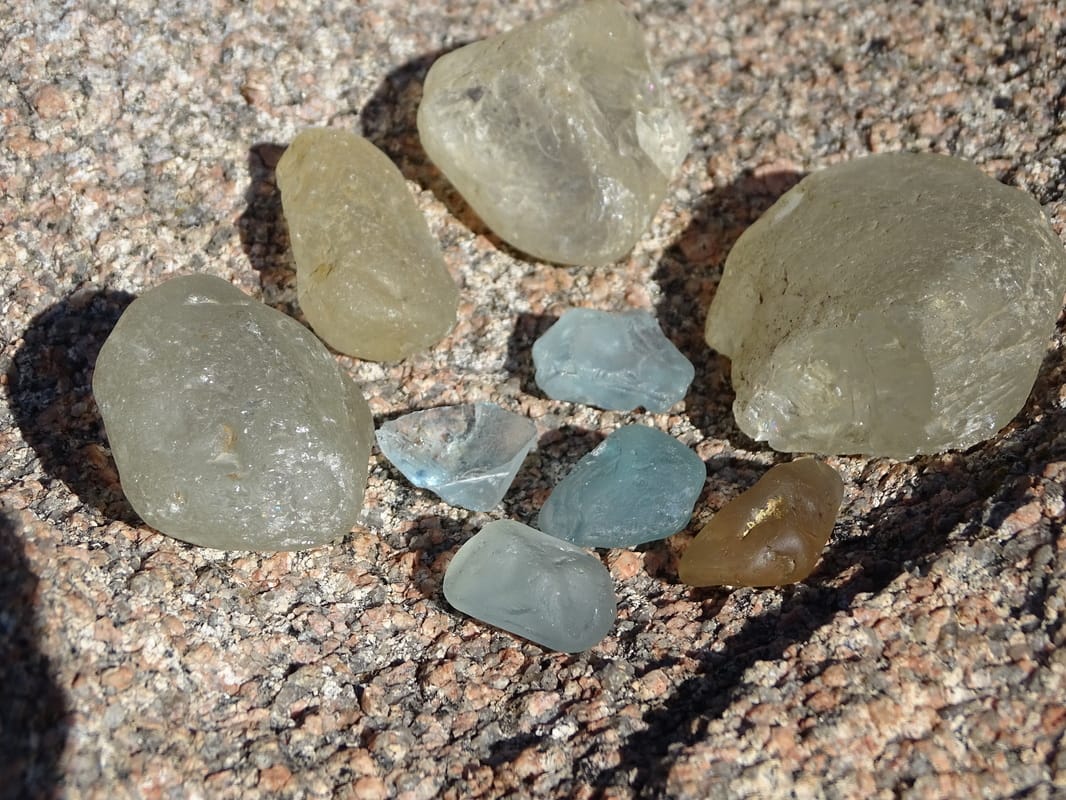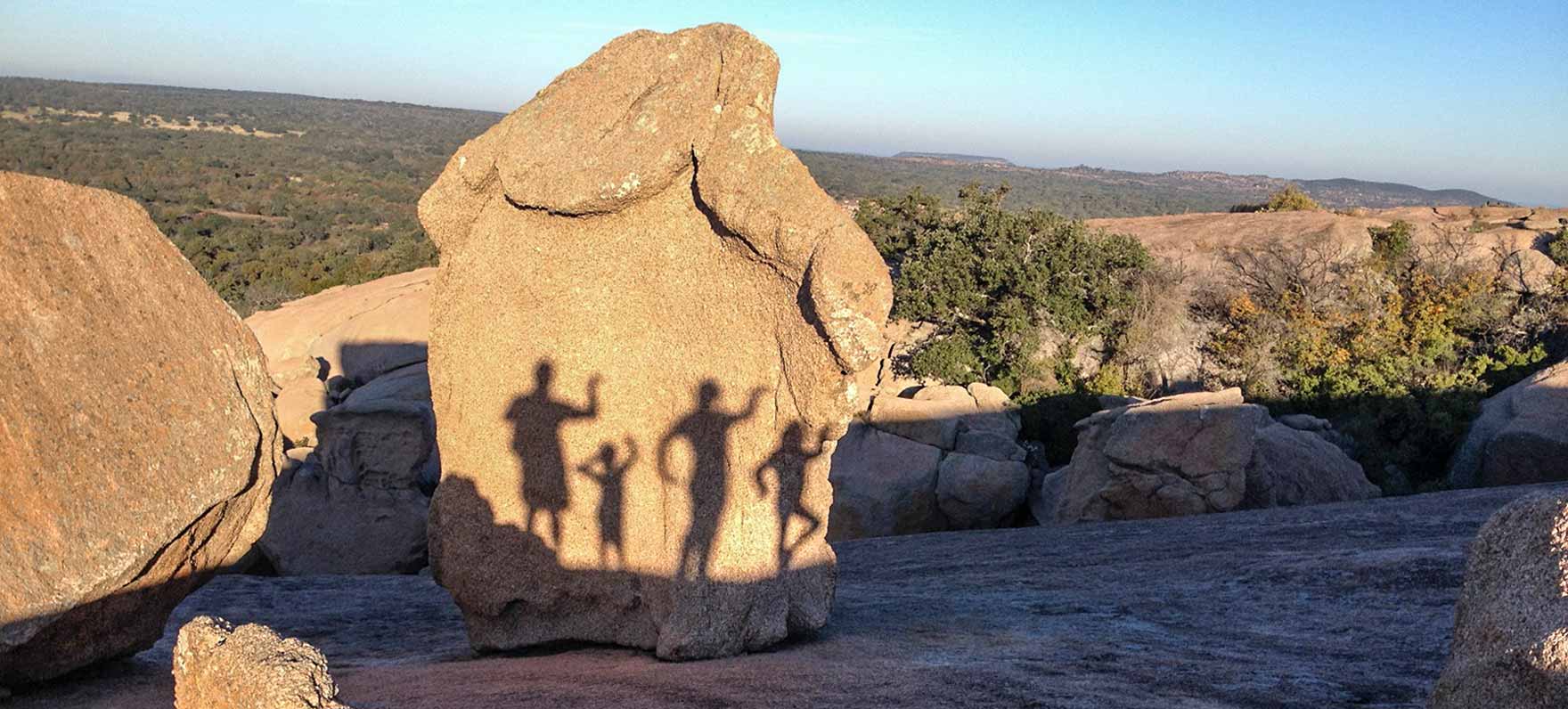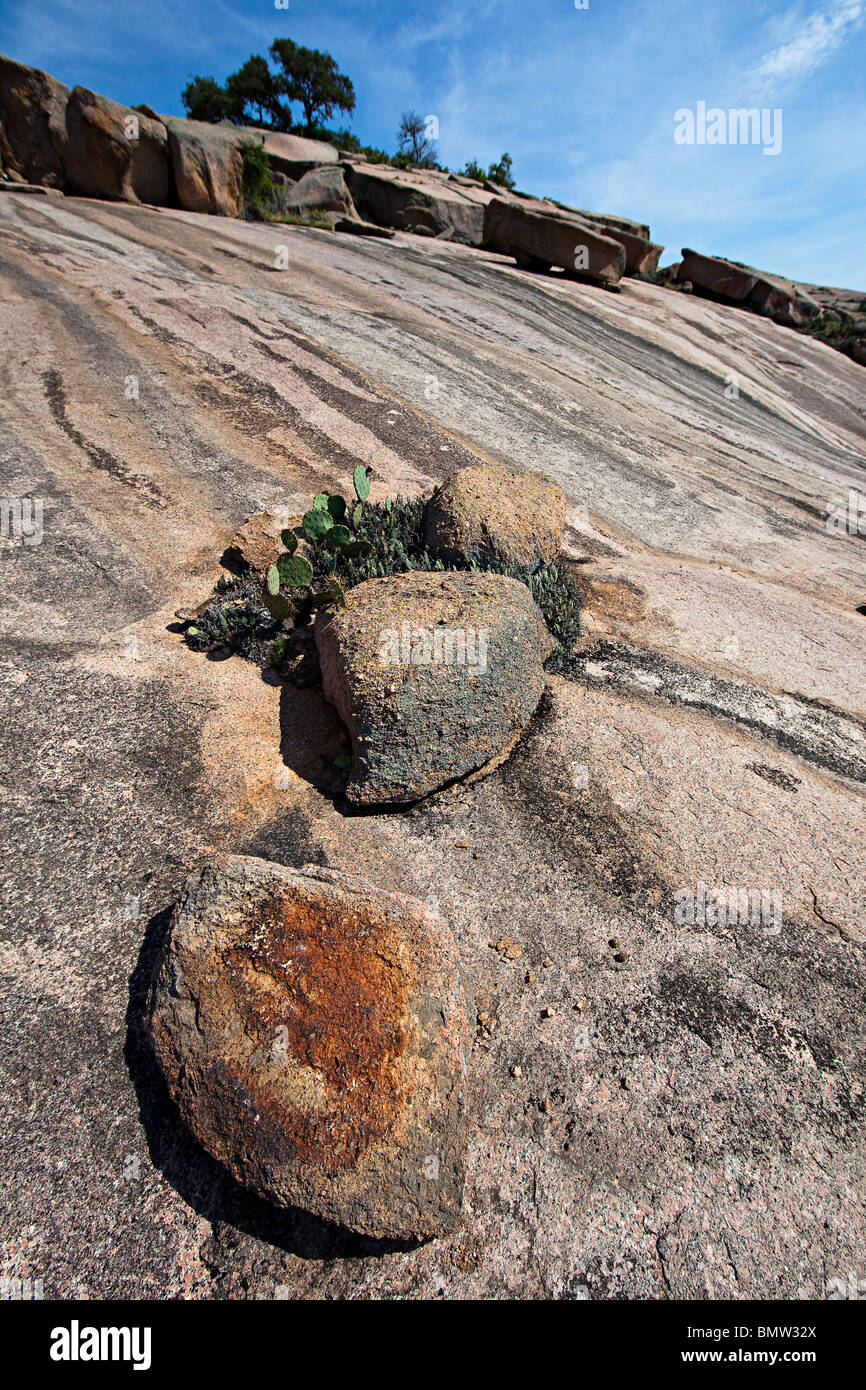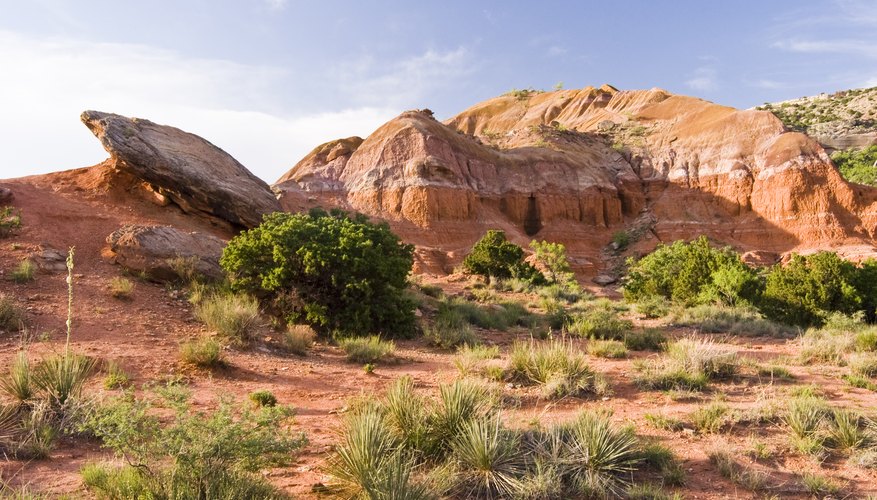
Rock Identification Studocu
EARLS NOTES ON THE FOLLOWING INFORMATION. Teri Smith runs rock hunts for agates and other beautiful rocks of the Big Bend area from her rock shop in the Antelope Lodge in Alpine, TX, 2310 HWY 90, Alpine, TX her home phone is 432-837-1026 or 432-837-2451. email - [email protected]. These are HER ROCK HUNTS.

what is this rock?? found in texas. r/whatsthisrock
Some rocks and minerals can come in various colors. For instance, quartz can be clear, pink, or even purple. So, while color is a helpful clue, it's best to combine it with other identification methods. How to determine or use color to identify a rock. To use color for identification, first clean your rock or mineral with water and gently dry it.

The Rocks in Texas agrohort.ipb.ac.id
Texas Rocks is a colorful quick identification guide to rocks and minerals in the State. Identification of rocks and minerals is based on color, hardness, crystal shape, and unique features. The guide provides brief descriptions of the types of rocks, differences between rocks and minerals, and mineral groupings.

Central Texas Rock Rock minerals, Gemology, Amethyst crystal
1. Mineral Wells Fossil Park. One of the few sites where the collection of fossils is explicitly allowed is Mineral Wells Fossil Park. You'll get free admission to the property and they allow you to take home some specimens as long as they meet the rules. Mineral Wells Fossil Park is just a bit west of Dallas, tucked along some backroads off.

Rock Identification Made Easy YouTube
Here is a list of the most interesting rock specimens that can be found in the state. 9 Minerals and Rocks Found in Texas Agate Amethyst Celestite Cinnabar Granite (Pink and Red) Llanite Petrified Palmwood Tektites Topaz (Blue) Banded blue agate Photo by L. Shyamal, CC BY-SA 3.0 Unported, via Wikimedia Commons 1. Agate

The Rocks in Texas agrohort.ipb.ac.id
How To Use the Rock Identification Charts. In the rock identification charts on pages 40-41, the Texas rocks described in this book are arranged in four major groups according to their texture. 1. Glassy (the rocks are smooth, dark, and shiny) 2.

Fossil Types Fossils, Fossil hunting, Geology
Some of the best rockhounding sites in West Texas include the west side of the Glass Mountains area, Alpine City area, Agua Fria Ranch, Solitario mines, Seven Hearts gap, Plata Verde Mine, Terlingua Mining District, Bonanza Mine, Sierra Blanc, Lobo Valley, Chinati area mines and dumps, Balmorhea Lake, and many others.

Rock Identification Pictures, Sedimentary Rocks, Nature Art, Monument
Can you identify my rock or mineral? Rocks and minerals must be examined in person from all perspectives for accurate identification; they are extremely difficult to identify through photographs. You will get the best results by taking your rock or mineral to a local source where it can be handled and examined closely. Possibilities include:

Granite rock formations Enchanted Rock State Natural Area Texas USA
2. Zinc The 30th element can be found in many ores within Texas. Zinc is found in high quantities both naturally and as its chief mineral, sphalerite, in the Apache and Quitman Mountains of the Lone Star State. As a hot liquid, zinc rises from the mantle and cools into igneous rock hollows.

Easy Ways to Identify Igneous, Sedimentary, and Metamorphic Rocks
The best rockhounding locations in Texas are the gravel beds of the Rio Grande, the area around Big Bend, Mason County in central Texas, and a wide stretch of land stretching from south Texas to the Louisiana border. North Texas and the panhandle are relatively devoid of good rockhounding sites. State Symbols. State Mineral.

How to Identify Texas Rocks Sciencing
Fill your container with water high enough to submerge the specimen. Place the container on the scale and 0 out the scale. Tie a string around the specimen. Hold the string and suspend the specimen in the water. Record the weight displayed on the scale. Divide the number from step 1 by the number in step 6.

Pin on Rock identification
To identify your rock, first take note of its physical properties like color, luster, banding, layering, and grain size. Next, test for hardness and weight by running simple tests. Finally, compare the properties of your rock to those of known rock types while looking for other identifying characteristics.

Identifying Rocks Nature, Charts and Chang'e 3
Updated November 2, 2023 Blue Topaz photo provided by John Dyer & Co. Texas, the land of big skies and even bigger hearts has a secret that will blow your mind: the massive variety of rocks, minerals, and gems you can find there. Geology enthusiasts will love this place!

Texas Rocks A Guide to Gems, Minerals and Crystals Quick Reference
Add water to the cup and set it on the scale. Tare the scale so the reading is no 0.0g. Either tie your string/wire or bend your paperclip around the sample to hold it firmly. Hold the sample in the water with your holding device and then write down the second measurement. This is your wet weight (WW).

Granite Rock Formations in Arizona Stock Image Image of nature
To help identify your artifacts or to learn more about them, click on the illustration next to the topic title to see all of the various types of each major topic. GROUND STONE TOOLS . This section contains artifacts developed by Native Americans through a peck and grind technology or that were used in that process.

2013 America's Best Rockhounding Resource with information on rocks
Texas plume agate is found in colors from black through a virtual rainbow of other colors. West Texas. Also see numbers 17, 18, and 30. 27. Rock gypsum is a fine-grained, translucent to opaque stone of-ten found in layers along the canyons of the Texas High Plains. 28. Coiled gypsum on cinnabar. Gypsum is a soft, common mineral